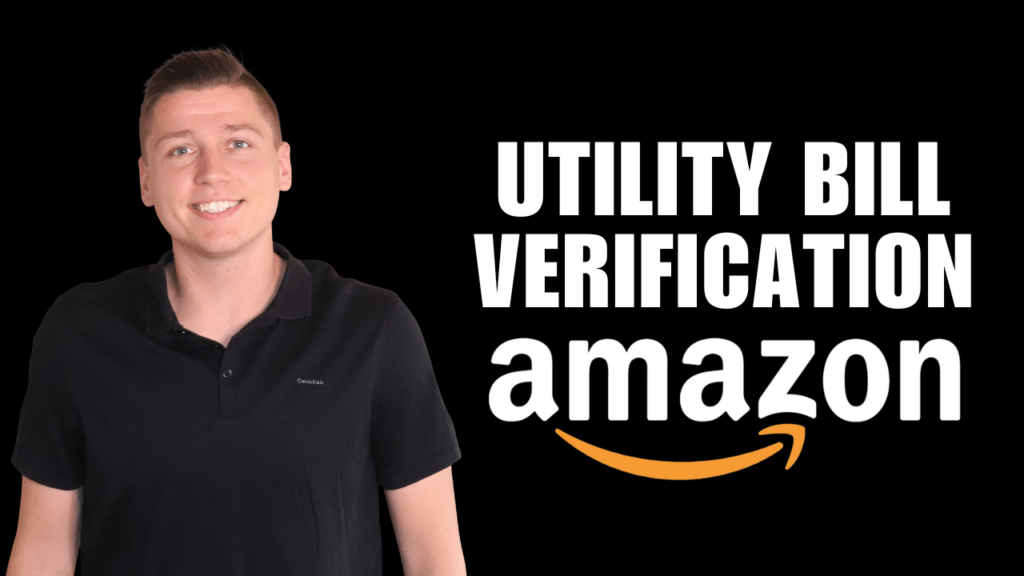FBA, referral, subscription, and storage fees, oh my! New Amazon sellers may not realize all of the expenses of selling products through Amazon FBA (Fulfillment By Amazon). When sellers opt for the FBA route (vs. FBM), Amazon controls the warehousing and shipping of their products. Sellers send their products to Amazon. Amazon disperses the products across their nationwide network of warehouses, packages them, and ships them out once a customer places an order. Within the FBA system, there are a variety of fees that sellers must know about. The last thing any seller wants is to put time, effort, and money into procuring a product to sell in bulk, only to find out that their margins are dismal after fees. To ensure your product will be profitable, learn about the real cost of Amazon FBA fees below.
The Real Cost of Amazon FBA Fees
Amazon FBA Fulfillment Fee
Amazon FBA fulfillment fees are charges that Amazon tacks on when they ship a product to customers. These fees are broken into per-unit costs based on a product’s category, size, and weight. The two main buckets that products fall into are:
Standard-size product tiers: Most products fall into this category.
Oversize product tiers: Not as common. Usually reserved for extremely large and heavy items. For example, lawnmowers, washers/dryers, etc.
To determine if your product is standard or oversized, you can use this helpful chart and refer to the example (below).
Referral Fee
Another Amazon FBA fee is the referral fee. Sellers pay a referral fee for each item sold on Amazon. The referral fee is typically based on the product category of the item. Amazon calculates a referral fee percentage based on the item’s sales price and the applicable category referral fee structure. For example, office products have a 15% referral fee, so a $100 office chair would be $15 per unit sold. Several categories have split referral costs based on buyer pricing as well. Baby products, for instance, are charged a referral fee of 8% for $10 or less and 15% for products greater than $10. Make sure you pay attention to these differences when you calculate your margins.
Note: The total sales price is the total amount paid by the buyer, including the item price and any delivery or gift wrapping charges.
Subscription Fee
Amazon FBA subscription fees are charges for having an Amazon Seller Central account. There are two types of subscriptions that sellers can choose from:
Professional selling plan: The Professional selling plan is a monthly subscription service with several benefits like PPC (pay-per-click) advertising, AWS (Amazon Web Services) bulk listings, advanced reporting, better placements, and more listing options. The Professional selling plan is $39.99 per month and is ideal for sellers selling large volumes.
Individual selling plan: The Individual selling plan is a pay-as-you-go plan that gives sellers access to the most basic listing and order management tools. Sellers create listings one at a time and pay a per-item fee of $0.99 when the item sells, in addition to the applicable referral fees. This plan is ideal for new sellers testing the waters that don’t want to spend $39.99 per month for a Pro account. However, the $0.99 fee quickly adds up, so it’s wise to switch over to a Pro account once you begin scaling up your business, i.e., have over forty products.
Storage Fee
The last type of Amazon FBA fee is the storage fee. Amazon charges monthly fees to hold products in its fulfillment centers. The storage fees are based on daily average volume in cubic feet. The storage fees vary based on product type, size, and time of year.
To determine storage pricing, you can use this helpful chart (below).
Inventory that has been in a fulfillment center for more than 365 days is charged a monthly long-term storage fee in addition to the monthly inventory storage fee. The fee structure is $6.90 per cubic foot or $0.15 per unit, whichever is greater. You can always file a removal order to remove your products before you incur this fee.
Amazon FBA Fee Calculator
Now that we know all of the selling fees, we can dive into calculating them correctly. The Amazon FBA revenue calculator is an excellent tool for this. To use the calculator, you will find an existing Amazon product similar to what you plan to sell and plug the ASIN into the search bar.
You will then plug in the price you plan to sell the item for, the cost of shipping items to Amazon’s warehouses, average inventory units stored, and the cost of the product under the “Amazon fulfillment” column. Play around with several products and prices and aim for a 40% net margin for all products you sell.
Ultimately, it should come as no surprise to anyone that selling products on Amazon FBA isn’t free. With FBA, Amazon warehouses and ships products, which is great for sellers that want to streamline their business. However, Amazon wants their slice of the pie too, and they get it through Amazon FBA fees. The different types of fees are FBA fulfillment, referral, subscription, and storage fees. Sellers must understand what these fees are, how much they will be for their products, and how they affect net margins. I hope this guide helped clarify the fees and provided helpful resources that you can use to plan for your next winning product.
As always, if you have questions about this or anything Amazon-related, do not hesitate to reach out to me here or o social media.
—
If you want to learn more about how to set up your Amazon Seller Central account the right way, check out this article. My YouTube channel is also here to keep you in the loop with the latest Amazon seller updates, so don’t forget to subscribe.


